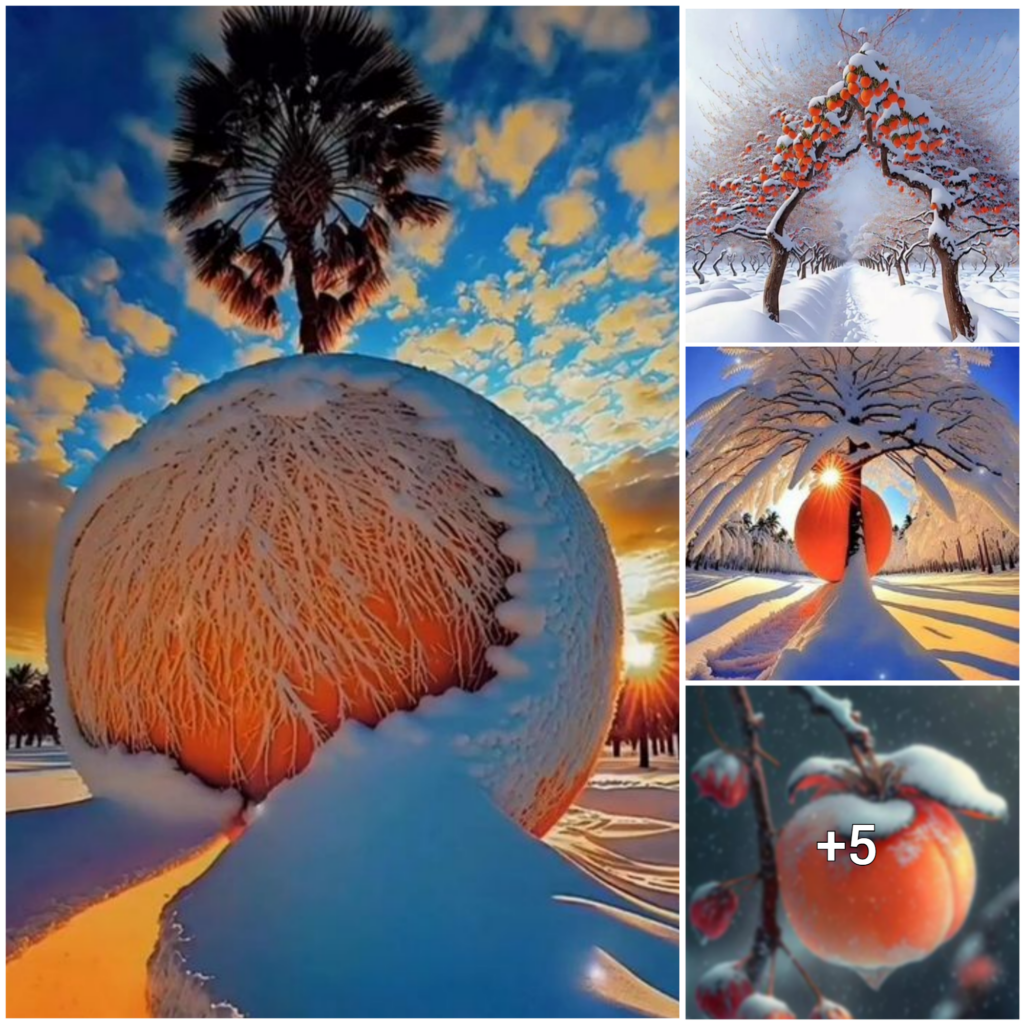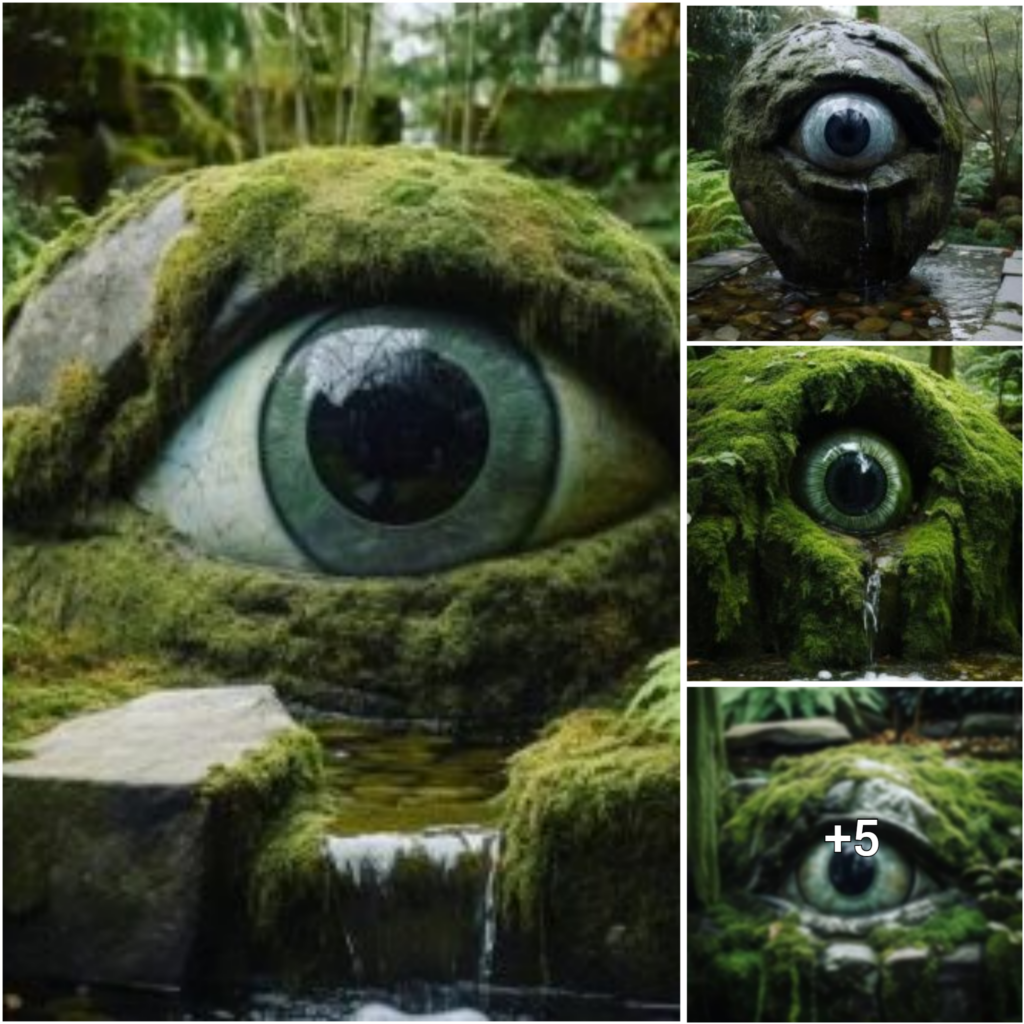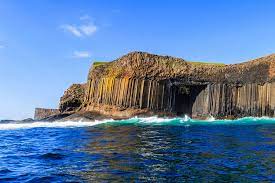
The charming Fingal’s Cave on the isolated Staffa Island, located in Scotland’s western coast, has been a source of fascination for artists, poets, and musicians for ages. It is a remarkable natural wonder that showcases the beauty and enigma of the world around us. The cave, which takes its name from the Celtic hero Fingal, features striking hexagonal basalt pillars that formed from volcanic eruptions millions of years ago. This stunning sight has captivated many visitors and artists who have produced countless works of literature and art inspired by its enchanting presence.
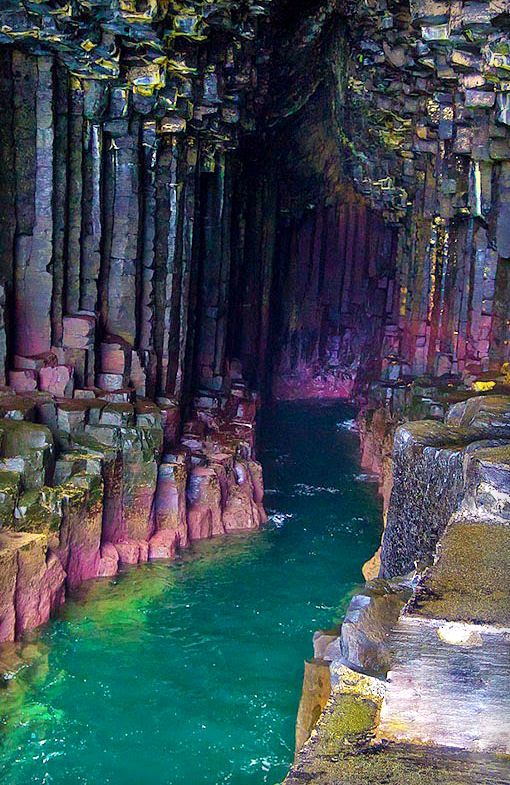
The geological formation of Fingal’s Cave is widely known for its distinctiveness. Basalt lava columns that were formed about 60 million years ago due to intense volcanic activity, make up the cave’s interior walls. The cooling of lava caused contraction and fracturing, creating the remarkable hexagonal pillars we see today. The columns come in different sizes, creating an awe-inspiring visual display that leaves visitors in admiration.
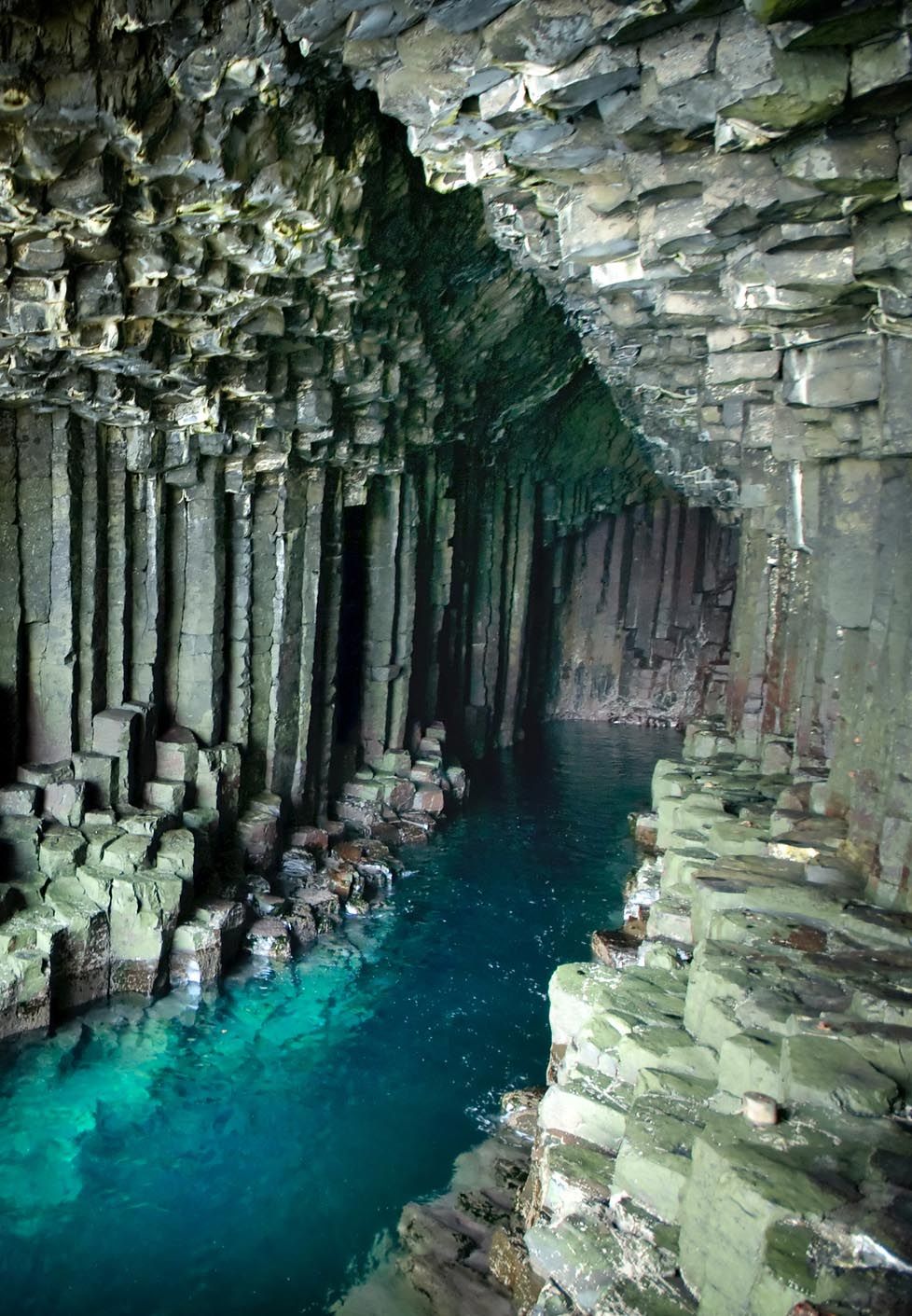
Fingal’s Cave is known for its extraordinary acoustics that create an otherworldly, musical resonance in its depths. This is due to the cave’s unique structure, which causes the waves of the Atlantic Ocean to reverberate and produce an exceptional sound when they hit the basalt columns. It’s no wonder that this natural symphony has earned the cave the nickname “the musical cave.” Many musicians and composers have been inspired by this enchanting sound, including the famed classical composer Felix Mendelssohn.
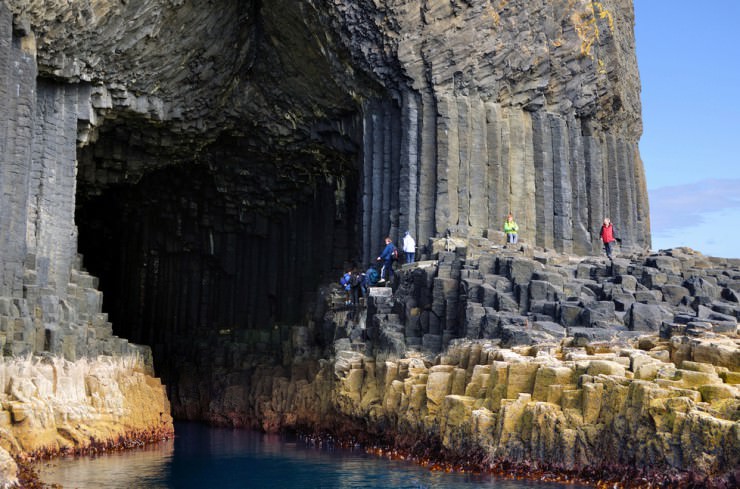
Fingal’s Cave has been a source of inspiration for many writers, including the renowned Romantic poet John Keats. Keats was among the first to be mesmerized by the cave’s mystical charm, and his poem “Staffa” beautifully captures its grandeur and otherworldly essence. Through his vivid language, he brings to life the echoes that reverberate within the cave and the awe-inspiring feeling that engulfs those who venture into its dark chambers.
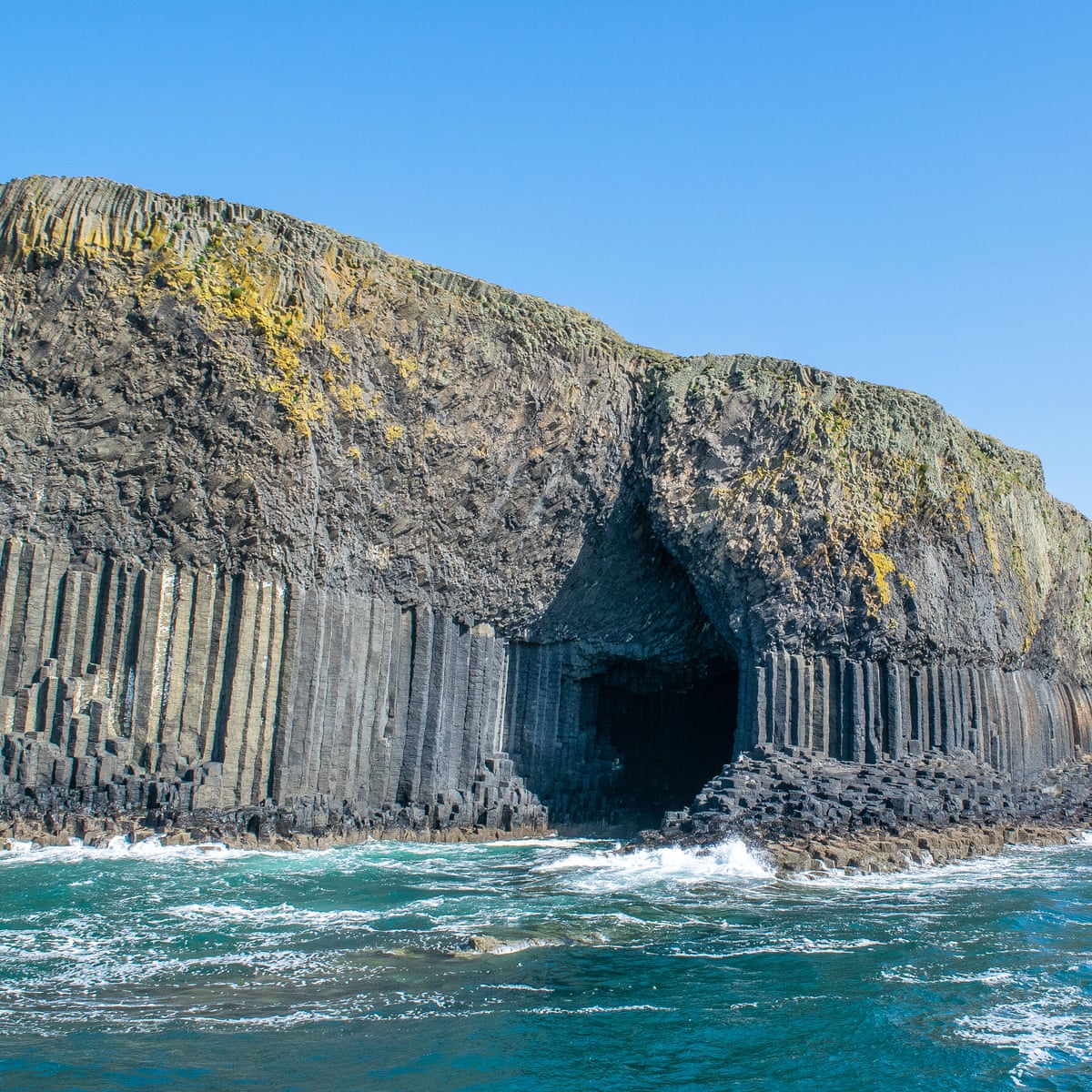
The famous Fingal’s Cave has been immortalized in literature by the celebrated French writer, Jules Verne. His captivating novel, “The Mysterious Island,” takes readers on a journey to the fabled island of Staffa, where they embark on an adventure through the intriguing depths of Fingal’s Cave. Verne’s powerful language and imagery paint a vivid picture of the cave’s allure, allowing readers to fully submerge themselves into its captivating beauty and mystery.
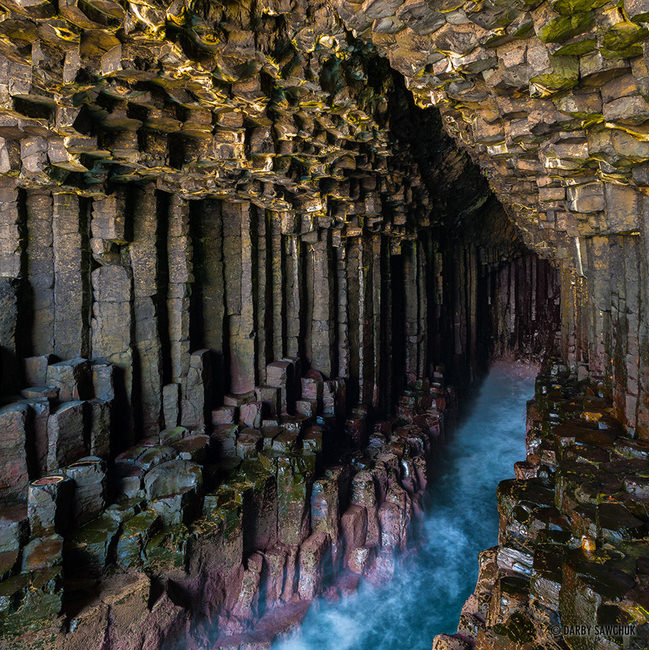
Fingal’s Cave has been a great source of inspiration for artists and musicians in the music industry. One of the most notable bands to be inspired by this natural wonder is the iconic British rock band, Pink Floyd. Their instrumental track “Set the Controls for the Heart of the Sun” showcases a unique soundscape that draws inspiration from the cave’s natural echoes. The music creates an otherworldly experience for listeners, evoking a sense of mystery and adventure akin to that of exploring Fingal’s Cave.
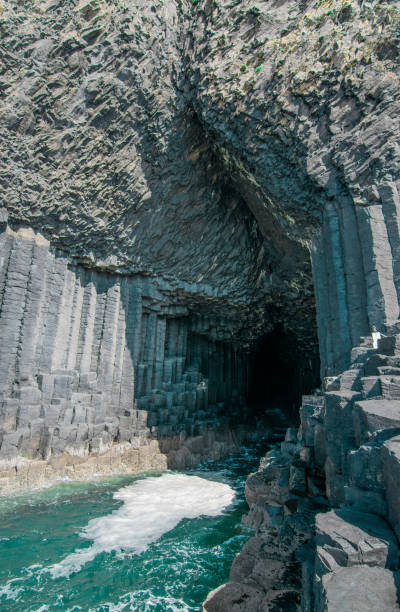
The stunning Isle of Staffa’s Fingal’s Cave has been drawing tourists from all corners of the world. This popular destination is famous not only for its mesmerizing geological characteristics but also for the emotions it elicits in visitors. The sheer beauty of the cave has inspired many artists, poets, and musicians, proving that nature can have a profound effect on human creativity. Fingal’s Cave is a prime example of how art and nature are intertwined, showcasing how the natural world can be a never-ending source of inspiration.
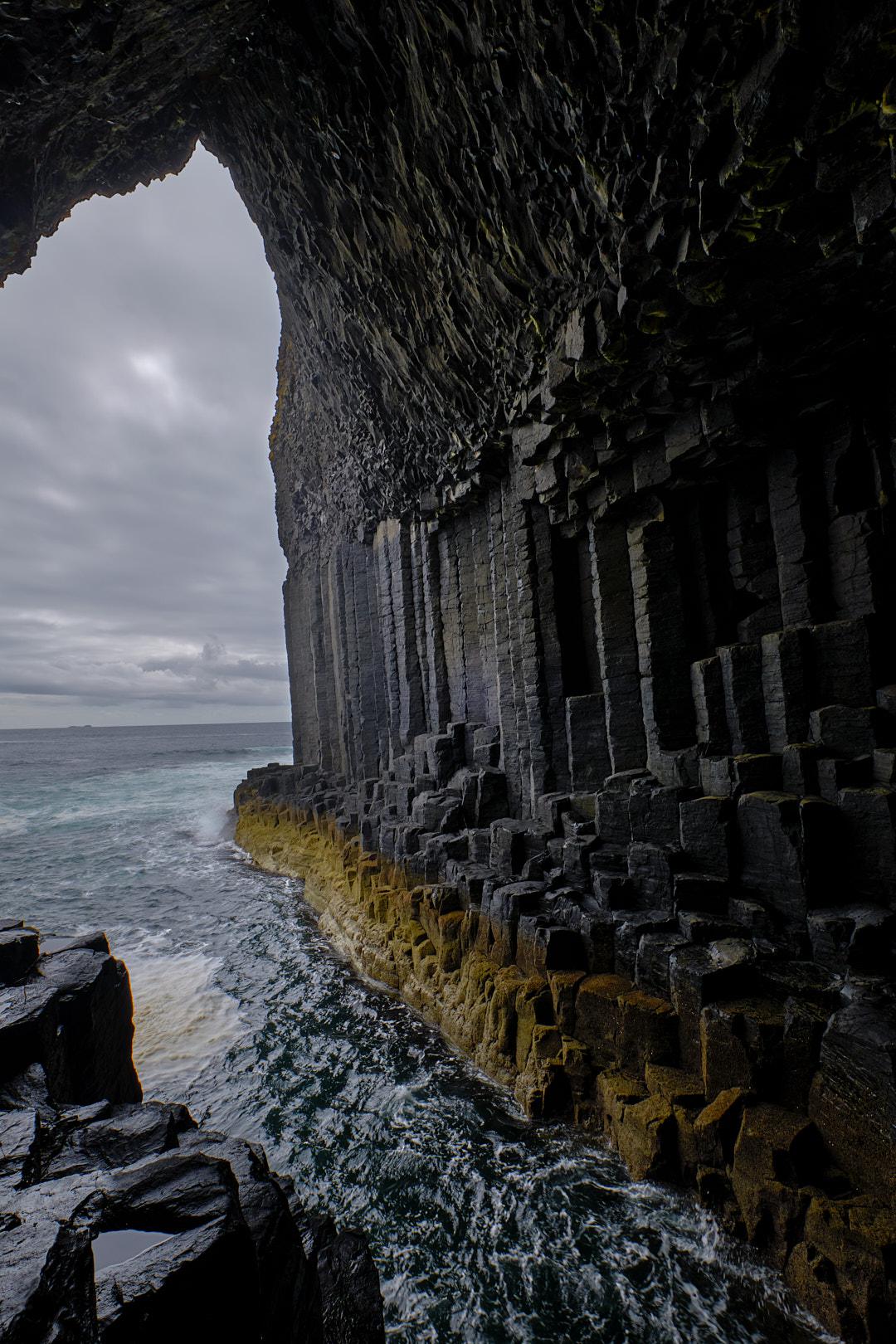
Fingal’s Cave is an exceptional natural wonder located on the island of Staffa. Its unique and mesmerizing hexagonal basalt columns, as well as its acoustics, have inspired countless creative minds throughout history. From renowned Romantic poet John Keats to visionary author Jules Verne and legendary musicians like Pink Floyd, Fingal’s Cave has left an unforgettable impression on the artistic world. As visitors enter the depths of this breathtaking cave, they are transported to a realm where the beauty of nature and human creativity seamlessly blend together in perfect harmony.

